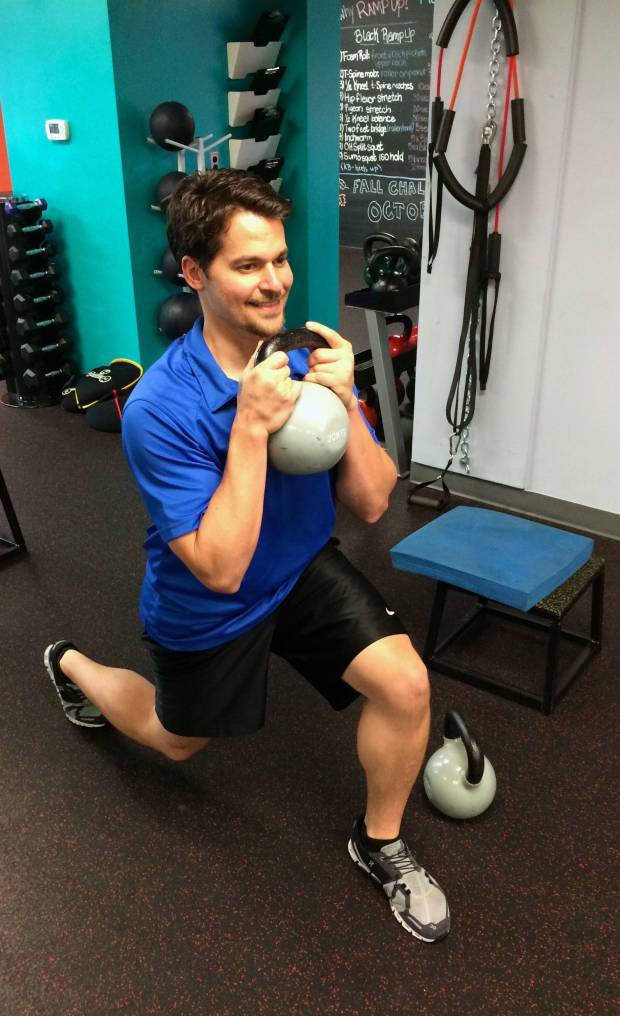In Part 1 of this blog series on back pain we reviewed the three types of low back pain, plus busted some myths about scans and radiology findings. In this post we will review the way physiotherapists can treat back pain, plus then lay out the best advice on what you should do at home or work to make your recovery as quick as possible. In Part 3 of this series we’ll review things that you can do to reduce your risk of future pain episodes.
As we have discussed in Part 1 there are three main types of back pain. Getting a correct diagnosis for your back pain is important because it guides your initial treatment.
Physio for Non-Specific Low Back Pain

Physiotherapy treatment for this type of back pain focuses initially on relieving your pain and restoring your range of motion. We need to get you back to doing your normal daily activities as fast as possible, allow you to sleep normally, and be able to do your usual work duties. We use a combination of hands-on (manual) treatment together with structured exercise to increase your joint mobility, plus release muscles that are tight or in spasm.
As well as prescribing the right exercises for you, your physio will also clearly explain do’s and don’ts for you at home and work so that you help your back pain to settle as fast as possible. It has been extensively proven through research that staying active within your comfort levels, avoiding bedrest, and returning to your normal work and daily activities as quickly as possible is by far the best way for you to help your back pain resolve. Using basic medications like Panadol, Neurofen or Voltaren can also be very helpful at this stage.
Once your pain is resolving well your physiotherapist can guide you through a progressive exercise program to fully restore your strength, ensure you are moving correctly, and get you confident in returning to the gym or your usual sporting activities. Completing a supervised strength program with an accredited exercise physiologist is the gold-standard later-stage management program for low back pain, especially if you have already had several episodes of pain or are lacking confidence in returning to your full normal gym or exercise activities. If you prefer, Pilates is also an excellent way to exercise following low back pain.
Physio for Radicular Pain – Commonly Called Sciatica, Nerve Root Pain or a Pinched Nerve
The initial focus for physiotherapy treatment for back pain where a nerve is compressed (or pinched) is to relieve the pressure on the nerve. The degree to which the nerve is pinched or irritated can be gauged by the amount of referred pain that travels down your leg, plus the presence of other neurological symptoms including numbness, pins-and-needles or weakness. Hands-on treatment plus specific exercises are used to relieve these neurological symptoms as quickly as possible, plus medication such as Voltaren can be helpful. You will also be given exercises to do at home by your physio to help you relieve your pain and get moving again.

Once the pressure on your nerve is relieved, the physiotherapy management for radicular or nerve-related low back pain is largely the same as for non-specific low back pain. A combination of hands-on therapy plus structured exercise progression will relieve any remaining pain, restore your movement, and then reactivate your muscles. Staying active within your comfort, returning to work and daily activities as soon as you are able, and avoiding bedrest is strongly shown to be beneficial for this type of back pain.
Once your pain has settled then completing a supervised strength program with one of our physio’s or accredited exercise physiologists will get you fully back to your normal sport, exercise, work and daily activities. Pilates can also be very helpful, if you prefer this style of exercise. Any contributing movement problems that may have contributed to your pain can also be corrected to reduce your chance of future problems.
Physio for Possible Serious Pathology
Serious lumbar (low back) pathology is very rare – present in less than 1% of back pain cases. It includes things like spinal fractures (broken bones), tumors, and some types of infections and inflammatory conditions. During your initial assessment your physio uses specific and effective tools to screen for serious pathology, and if they are concerned they will explain their concerns to you and provide you with a referral back to your GP for further investigation.

If You Have Back Pain: See A Physio And Stay Active!
So, now you know the guidelines for how physiotherapists treat the different types of low back pain. A key take-home message for you is that staying active within comfort, avoiding bedrest, and returning to your normal activity as soon as you are able has clearly been shown to be the best way for you to help yourself recover from back pain. Your physio will give you more guidance on this, plus use hands-on techniques and prescribe the most effective exercises for your specific situation to help you recover as fast as possible.
In the first post in this series on lower back pain we looked at diagnosing back pain. In the next post in the series we review things you can do to reduce your risk of future pain episodes. As always, if you have any questions in the mean time please feel free to contact one of our friendly physio’s to see how they can help!

